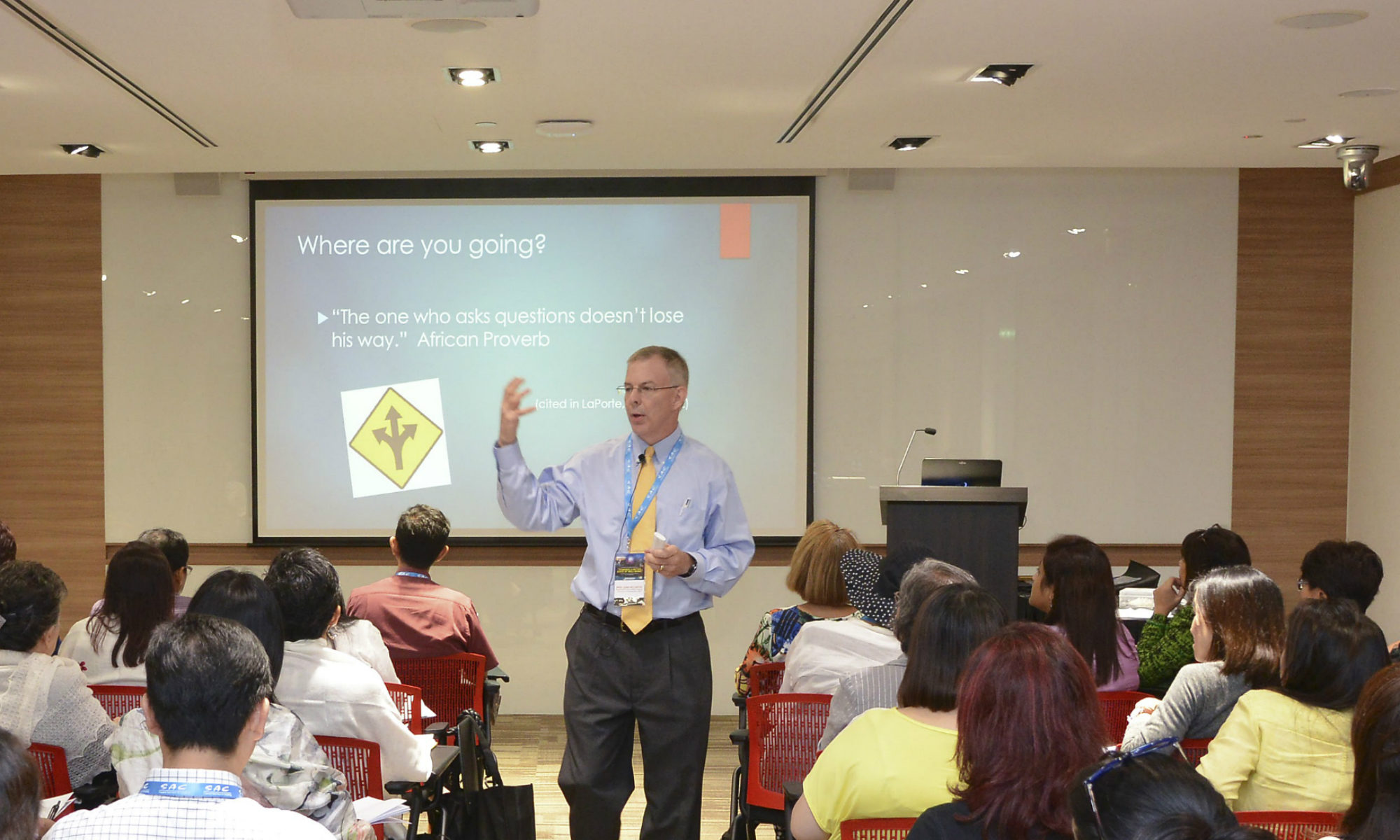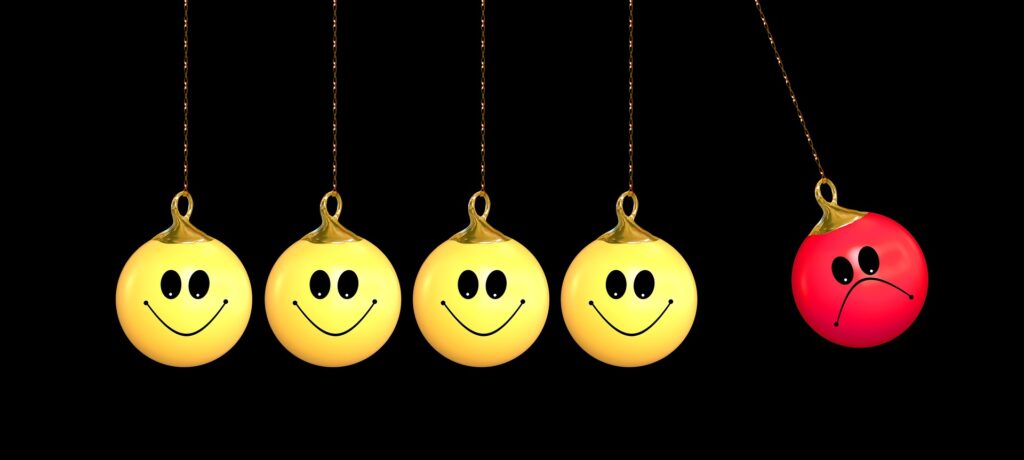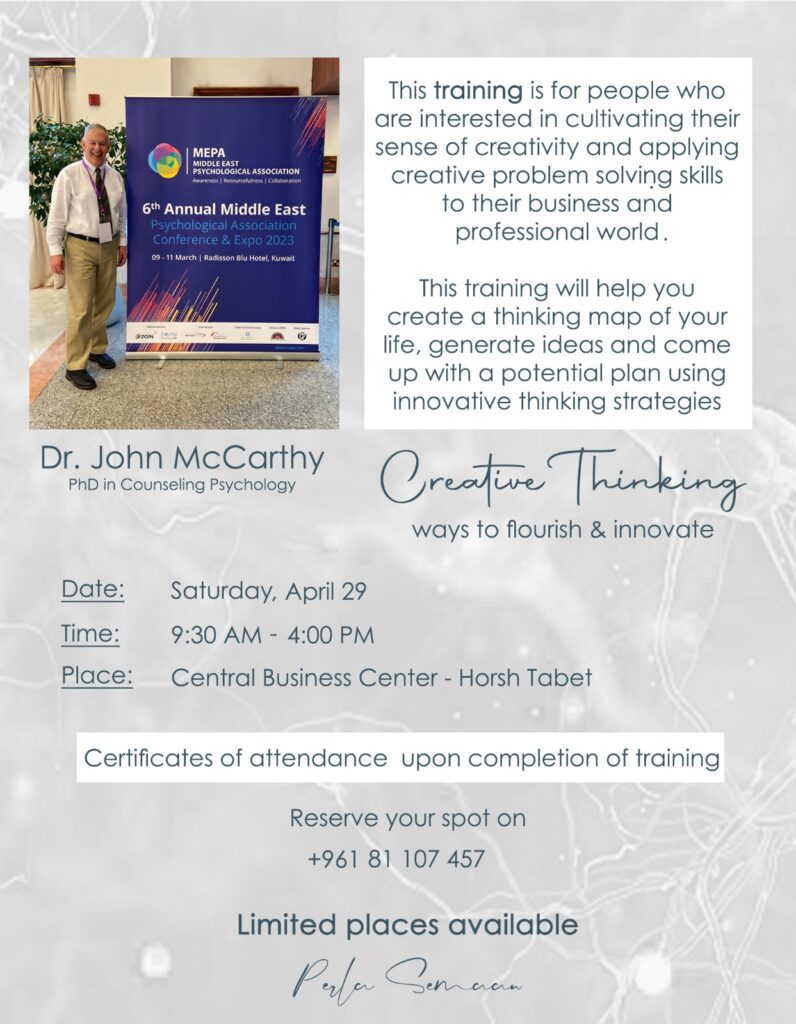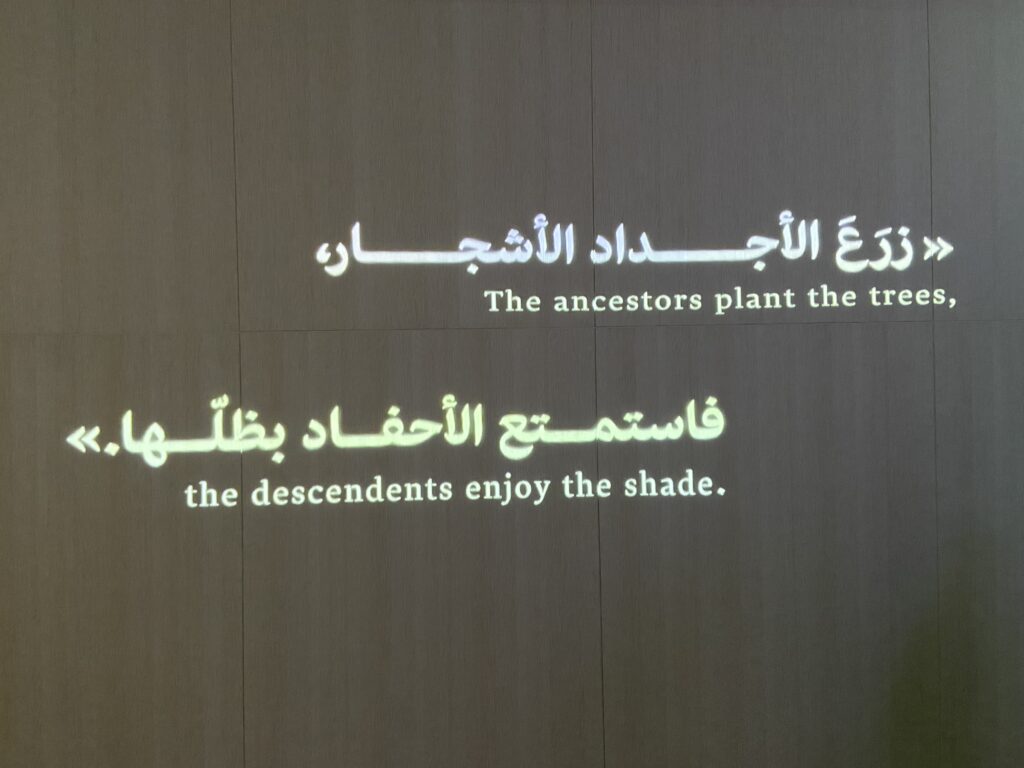
Coach Jim Baron on the sidelines during the Kentucky game [Photo credit: St. Bonaventure University Archives]
Both St. Bonaventure (SBU) and the University of Kentucky had storied basketball programs, but had never faced each other.
That changed on a Thursday afternoon on March 16, 2000, in the Cleveland State University Convocation Center. The Bonnies, decided underdogs in the first round NCAA game, brought 21 wins to the contest before losing to Kentucky in double overtime, 85-80. In a 2020 CBS Sports article by Matt Norlander, the game was ranked (#46) as among the 101 most exciting games in modern NCAA history.
At 22-9, Kentucky Wildcats fell to Arkansas in the first round of the SEC Tournament, 86-72, but success emanated in Lexington. While only in his third year in Lexington, head coach Orlando (“Tubby”) Smith boasted a .794 winning percentage.
Despite the difficult draw for Baron’s squad, the game was momentous for the St. Bonaventure program: Its last NCAA visit was 22 years prior, a 92-83 loss to Pennsylvania where Greg Sanders scored 30 points.
Kentucky’s front line of Tayshaun Prince, Jules Carnara, and Jamaal Magloire (6-9, 6-11, and 6-10) averaged 18 rebounds and 33 points. The Wildcats—the tallest team among the 64 in the NCAA that year—presented a formidable challenge for the Bona frontcourt of Peter Van Paassen (6-11), Caswell Cyrus (6-9), and David Messiah Capers (6-3).
Yet Jim Barron, the Bona head coach in his eighth season, was undeterred. In a recent interview, he recalled his reaction to the NCAA pairing, thinking “this is the greatest matchup in the country.” In addition, the game was slated to be played in Cleveland, an advantage in his eyes. “We’re closer to Cleveland than they [Kentucky] are,” he added, knowing that the Bona fan support would be “monstrous.”
Baron and his #12 seed Bonnies never lost more than two in a row throughout the season and won the Sparkletts Invitational in California the previous November. About six weeks later, nearly 6200 fans crammed into the Reilly Center to see the Bonnies upend Temple, a Top 25 team, 57-56.
It won five of the last six entering the NCAA, only losing to #6 Temple in the Atlantic 10 tournament. Baron expected a tournament bid. “I absolutely felt that we definitely deserved it by what we did in our league,” he recalled.
Yet what about facing Kentucky, one of the winningest programs in history? “I thought it was the best matchup in the country,” Baron said. Part of the potential Bona edge was the Cleveland venue and its proximity to St. Bonaventure. He knew that the Bonnie crowd would be “monstrous.” Besides which, Baron had faith in his squad, calling them a “tremendous team.”
Even John Chaney, the famed Temple head coach, boldly predicted a Bona win over the #5 seed Kentucky. In his view, the trouble for Kentucky would be in containing 5-10 senior point guard Tim Winn. Meanwhile, former SBU coach Jim Satalin was quoted as saying, “…I guarantee you the Bonnies won’t be intimidated by Kentucky.”
While 13,500 fans were filling the arena in Cleveland, the pre-game warm-ups added to the underdog role for St. Bonaventure. In an Olean Times Herald (OTH) story, Winn related a story where Kentucky players shot at the Bona basketball while the team stretched. “We would never go shoot at your [Kentucky] basket while you’re stretching,” he said. “I wonder if they were playing Syracuse if they would shoot while they were stretching.” Winn, however, didn’t confront the Kentucky players, adding that he wanted his teammates to “keep that frame of mind.”
The Bonnies led by as much as 10 points in the first half, but a 23-5 Kentucky run at the end of the first frame ended with a 36-28 Wildcat edge. Kentucky extended its lead to 13 points before the Bonnies rallied to tie the score at 54 behind one of first-year guard Patricio Prato’s four three-pointers. The Bonnies took a three-point lead into the closing seconds of regulation before Prince nailed a three-point shot—his fifth of the game—for Kentucky with 7.1 seconds left. Two overtimes ensued with a total of 39 points.
The first overtime saw Van Paassen fouling out with 1:50 remaining and Kentucky holding a one-point lead. Prato picked up his fifth foul with 45.9 points and left with a 20-point effort. Down 72-68 at that point, the Bonnies turned the ball over 10 seconds later. Kentucky extended their lead to 73-68 with a free throw and 28.4 seconds left in the initial overtime. J.R. Bremer, a 65% free throw shooter, made two of three from the line to cut the lead to 73-70.
Winn’s left-handed layup from under the Wildcat basket, coupled with a post-foul free throw, found the Kentucky margin cut to one point with 8.7 seconds left.
Messiah Capers’ heroics were responsible for the second overtime. Fouled with .4 second left and the Bonnies down by three points, the 56% foul shooter made three straight free throws despite Kentucky timeouts interspersed in the process. In a post-game OTH story, he said, “The guys came over to me before the free throws and they told me whatever happens, if you make them or miss them, we still love you. So I went up there, hit them and gave us another chance.”
The Bona offense stalled in the second overtime, as it failed to score in the final three minutes. Down by a point with 11 seconds remaining in the second overtime, Kentucky grabbed a three-point lead. Winn nearly landed a three-pointer in the closing seconds before time ran out with the scoreboard reading, “Kentucky 85, St. Bonaventure 80.”
The loss came down in part to team shooting: St. Bonaventure was 29 of 77 (.377) from the floor, while Kentucky made 28 of 56 (.500). The Bonnies made 13 of 22 from the free throw line, far below Kentucky’s 23 of 35 output.
“I really felt we were going to win the game. I really felt we were the better team that day,” Baron said.
In the end, Kentucky had only a narrow edge on the boards, 46-42. Cyrus dominated both sides in collecting 18 rebounds, the most since Tim Waterman collected 18 boards in a win over VCU in 1979. (The only technical foul of the game? Cyrus was whistled for hanging on the rim with 5:25 left in regulation.) The Wildcat’s height advantage fell short in the paint, as Bona outscored Kentucky there, 36-28.
Bona fell to 6-7 in its NCAA tournament visits, but the narrow loss to Kentucky was massive in bolstering the program. “I was just so proud of our players, our staff, of the administration, and the fans and the community,” Baron said.







